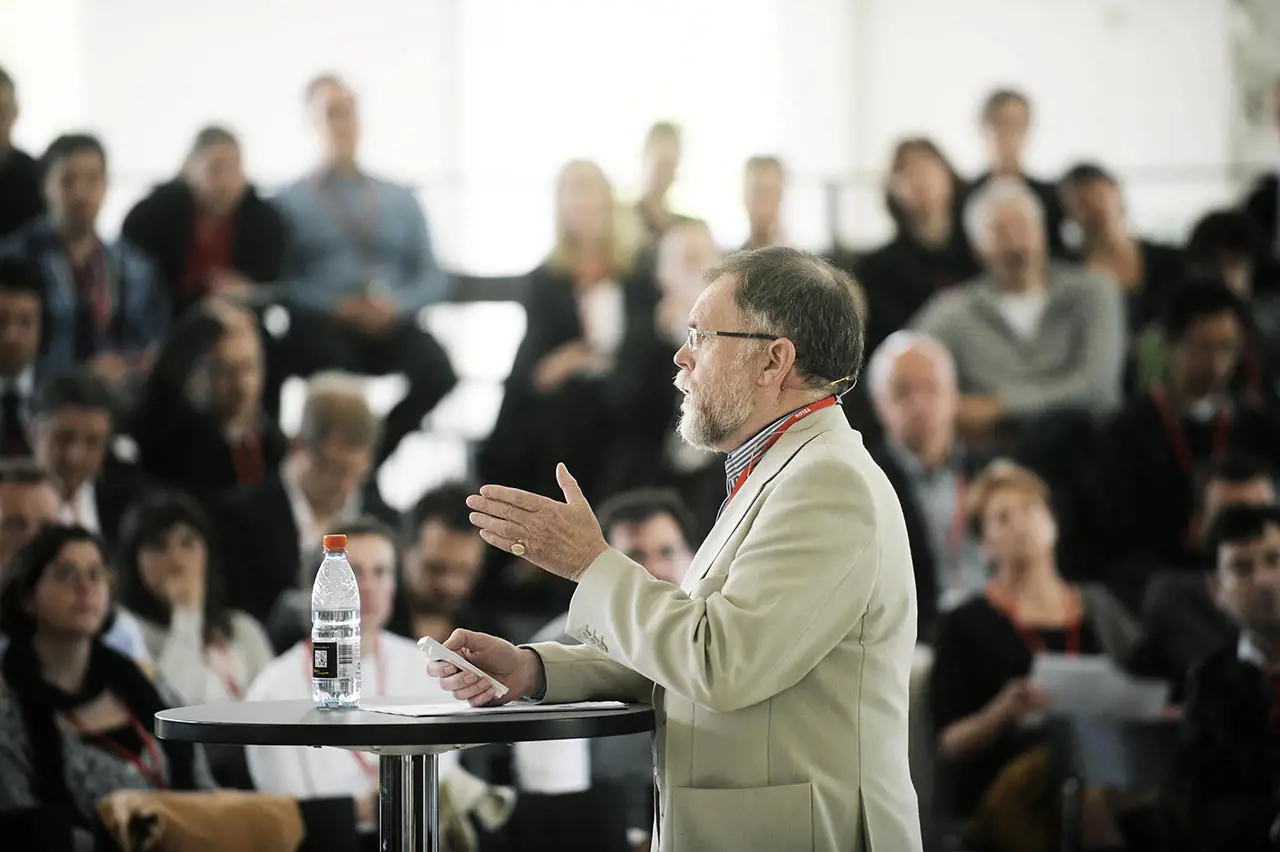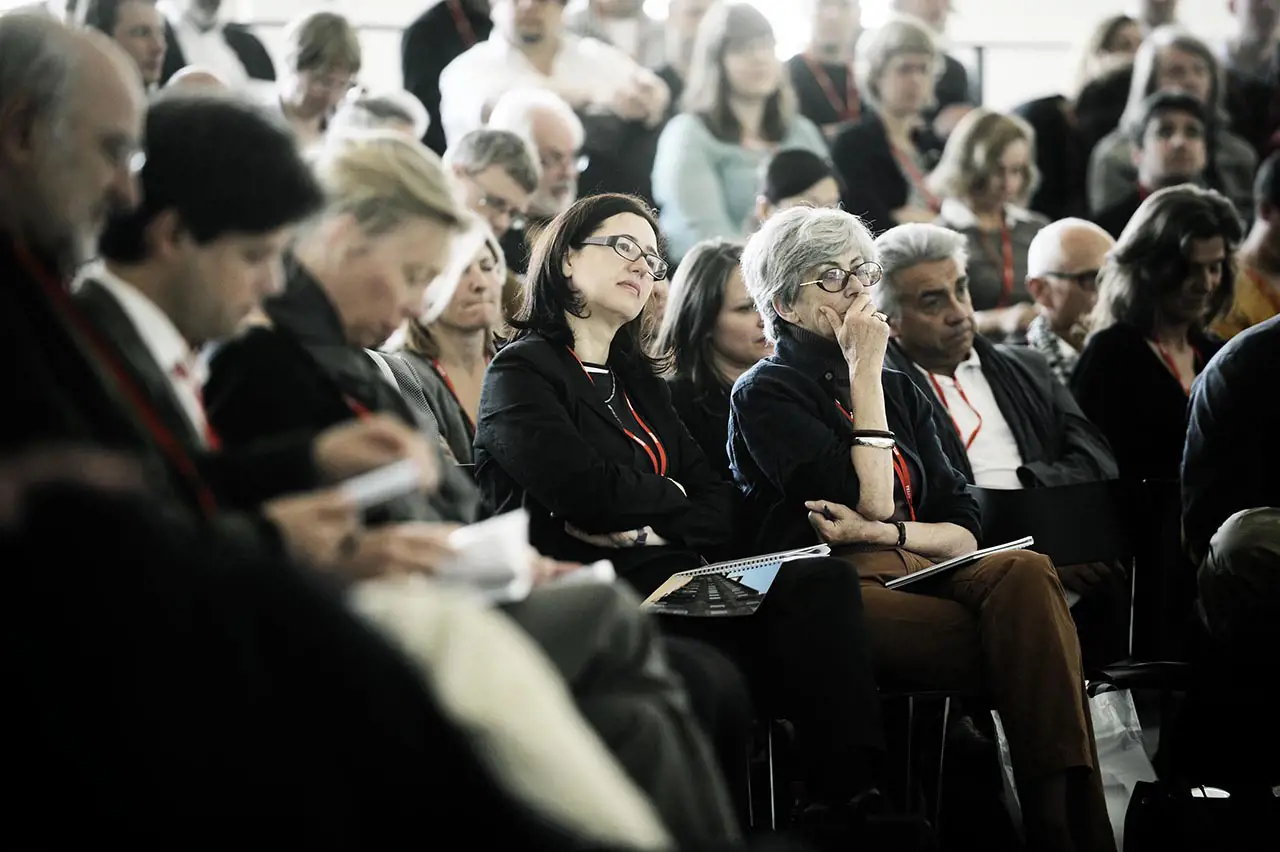New Eyes on Existing Buildings
The 5th symposium – under the theme “New Eyes on Existing Buildings” – focused specifically on the opportunities and challenges offered by daylight in the retrofit of existing buildings and city structures. While they are not yet realised, most of the sustainable buildings of the future are already built. How can we exploit the untapped potential of buildings by using daylight to transform our homes, workplaces and public spaces into healthier and more sustainably built environments?
These questions were addressed and debated with presentations from research as well as experiences and viewpoints from engineering and architectural practices covering the aspects related to the use of daylight in urban environments – considering people, politics, economy and scale.
PROGRAMME
14 MAY 2013
WELCOME
8:00 – 19:30
Welcome reception at Tycho Brahe Planetarium “The first light” by Michael Linden-Wørnle (DK)
15 MAY 2013
SYMPOSIUM DAY 1
09:00 – 09:20
Welcome to the 5th Symposium by Per Arnold Andersen (DK)
Welcome to the School of Architecture by Lene Dammand Lund (DK)
09:20 – 10:45
“Supporting city regions to lead by example”, Peter Head (UK)
“Architecture for a sustainable future”, Christiano Lepratti (DE)
“The influence of sunlight on indoor health”, Richard Hobday (UK)
11:15 – 13:00
“Human habitat, public health and public policy”, Phil Allsopp (USA)
“Planning for people and city life in Copenhagen”, Tina Saaby (DK)
“The importance of daylight in building renovation”, Signe Kongebro (DK)
“Daylight saving potentials for office buildings”, Lisa Heschong (USA)
14:00 – 15:30
“Urban form, energy and daylight”, Koen Steemers (UK)
“Daylighting design for the existent”, Claude Demers (CA)
“Visual, health and environmental benefits of windows”, Martine Knoop (DE)
16:00 – 17:30
“Biomimicry in architectural design”, Michael Pawlyn (UK)
“Knowledge to practice – epigenetics and the built environment”, Deborah Burnett (USA)
16 MAY 2013
SYMPOSIUM DAY 2
09:00 – 10:30
“A museum of daylight – the new Acropolis Museum in Athens”, Florence Lam (UK)“The Lorax project – Giving architects a voice in daylight standards”, Christoph Reinhart (USA)
“Daylight & sustainability – what are the future political & regulatory drivers?”, David Strong (UK)
11:00 – 12:45
“New materials and green technologies for the cities”, Kasper Guldager (DK)
“Daylight redirecting film – field studies”, Raghu Padiyath (USA)
“Variable transmission glazing: a viable retrofit technology?”, John Mardaljevic (UK)
“Daylight and greenery in the basement of a hospital building”, Hester Hellinga (NL)
13:45 – 14:15
“Existing buildings and light consultancy”, James Benya (USA)
14:15 – 15:00
“Daylight in urban environments – considering people, politics, economy and scale”, panel debate led by James Benya (USA)
15:00 – 15:30
Outro discussion
Photos: Jakob Boserup
The Royal Danish Academy of Fine Arts, School of Architecture
The Royal Danish Academy of Fine Arts, Schools of Architecture, Design and Conservation’s School of Architecture is one of the two Danish Schools of Architecture and one of the world’s oldest schools of architecture. Founded in 1754 as ’The Royal Danish Painting, Sculpture and Building Academy’, the academy’s purpose was to educate both artists and craftsmen in the three disciplines under the same roof.
Today, the school educates architects in the fields of architectural design and restoration, urban and landscape planning, and industrial, graphic and furniture design. The tuition takes place in 9 study departments providing instruction at all levels, while the research is organized in 4 institutes.
In 1995, the Academy of Fine Arts’ School of Architecture gradually began relocating to Holmen, a congregation of small islands in the heart of Copenhagen harbour – formerly used as naval base. This offered the school an opportunity to condense its departments and institutes, which previously had been scattered all over the city in Charlottenborg, Nyhavn and Christianshavn, respectively.
Presentations
All talks are now available to watch or revisit for everyone. We hope to spark interest in becoming a part of the next symposium.


